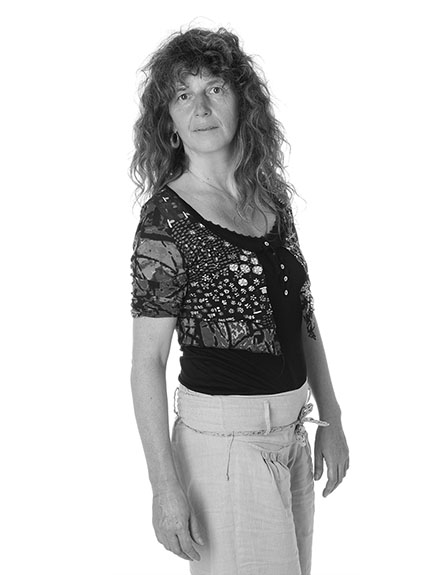| marie-hélène le ny |
|
photographist |

|
“When quite small, I wanted to be a detective; I loved research and finding the guilty parties. So naturally I turned to a research career by attending university. My thesis was on the search for causes of abnormal winter mortality of bivalves, clams. By working with professionals in the field, we could demonstrate that it was a contagious disease and not a pollution problem as was initially thought. We called it “The brown ring disease” because the inner edge of the shell of sick animals appeared adorned with a brown organic deposit. The highlighting of a new pathogenic bacterial species, moreover localized externally between the shell and the animal went against conventional wisdom on the causes of bivalve mortality . This discovery was decisive in my life as a researcher. I try to inculcate in my students that they are creative, not afraid to invent, to and explore the interface of disciplines.
Marine
mollusc diseases cannot be studied without considering the
influence of the environment. In fact, the disease is at the
intersection of three components, the pathogen, the host and
the environment - it will be favored when environmental conditions
become unfavorable to the host -such as high temperatures, pollution
or in the presence of high concentrations of micro-plastics,
pesticides or metals. Recently, we have also been able to demonstrate
strong summer mortality of abalone which were associated with
a synergy of factors involving a pathogenic bacterium, global
warming of 1° C, and at the same time an immune deficiency
at the period of reproduction. Progress in this research is the
result of collective teamwork, , combining stimulating discussions
and beautiful human adventures. |
||
|
Christine Paillard Research director at CNRS, University of Bretagne Occidentale |
|||
|
|
|
|